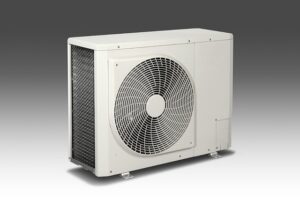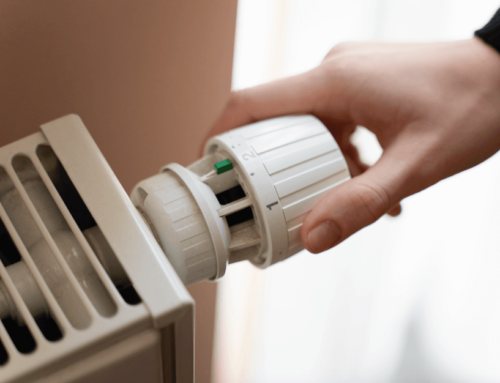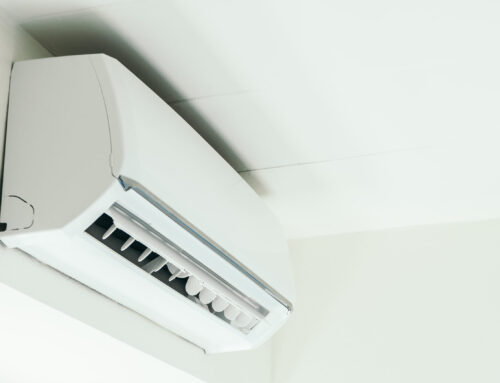 Rising temperatures and melting snow are sure signs that spring has arrived. And when spring rolls around, you should do more than just pack away your winter gear. You’ll also need to perform routine maintenance on your air conditioning (AC) system to prepare it for warmer weather.
Rising temperatures and melting snow are sure signs that spring has arrived. And when spring rolls around, you should do more than just pack away your winter gear. You’ll also need to perform routine maintenance on your air conditioning (AC) system to prepare it for warmer weather.
You might be wondering exactly what spring AC maintenance is and how you do it. In this article, we will explain what you need to know to keep your AC functioning properly when you need it.
Why AC Spring Maintenance Is Important
As with other major equipment, your air conditioning unit needs a tune-up at least once a year, ideally in the spring. It is essential to ensure your AC is functioning properly and won’t malfunction when the weather gets hot. Below, we’ll outline the steps involved in this routine spring maintenance check.
Spring AC Maintenance Checklist
When doing your annual AC maintenance, follow the following steps.
Replace Your Air Filters and Furnace Filter
Your first step should always be to change your air filters. In fact, you should actually change your air filters every one-to-two months to maintain good airflow. You’ll also need to check and replace your furnace filter because it’s shared with the AC. When furnace filters get dirty and dusty, they make your AC less energy-efficient and spread dust throughout your ductwork.
Clean Your Outdoor Condenser
If you have a split AC system, you’ll need to clean your outdoor air condenser before using your AC for the first time in the spring or summer. Follow these steps to ensure the condenser is thoroughly cleaned:
- Turn the condenser off and remove the cover.
- Clean away any debris like leaves, grass or branches.
- Carefully clean the condenser with a soft brush and water, and try not to damage the fins.
- Clean the condenser coils to remove buildup.
- After cleaning the condenser, do a quick visual inspection to check for any damage that may have occurred over the winter.
Check the Drainage Pipe
Your interior AC unit will have what’s known as a condensate line that encourages water deposits to flow down into a drain pan. Every spring, you should check for blockages that could lead to leaks.
Check for Leaks
Leaks could be a sign of a bigger problem, like a broken condenser or broken line, so complete a thorough check each spring to identify any leaks coming from your air conditioning unit.
Check Your Thermostat
Your thermostat controls your air conditioning, so it’s crucial to keep it working properly so that your AC kicks in when you need it. Check the batteries first, then turn down the temperature by 4-5 degrees and wait for the AC to start. If it doesn’t cool the room as much as it should, you may need your thermostat or AC serviced.
AC Maintenance and Installation in Canada
If you notice problems with your air conditioning during your spring maintenance check, it’s best to have an HVAC specialist take a look and troubleshoot the problem. Depending on the severity of the issue, they may recommend having it serviced by a professional or installing a new AC unit altogether.
If you find yourself in this position, turn to the AC experts at Canada HVAC. Our team has over 30 years of combined industry experience and will help you find the best air conditioning unit to meet your needs. We can even connect you with a licensed local installer.
Complete our contact form or call 833-415-3016 to speak with an expert technician.





